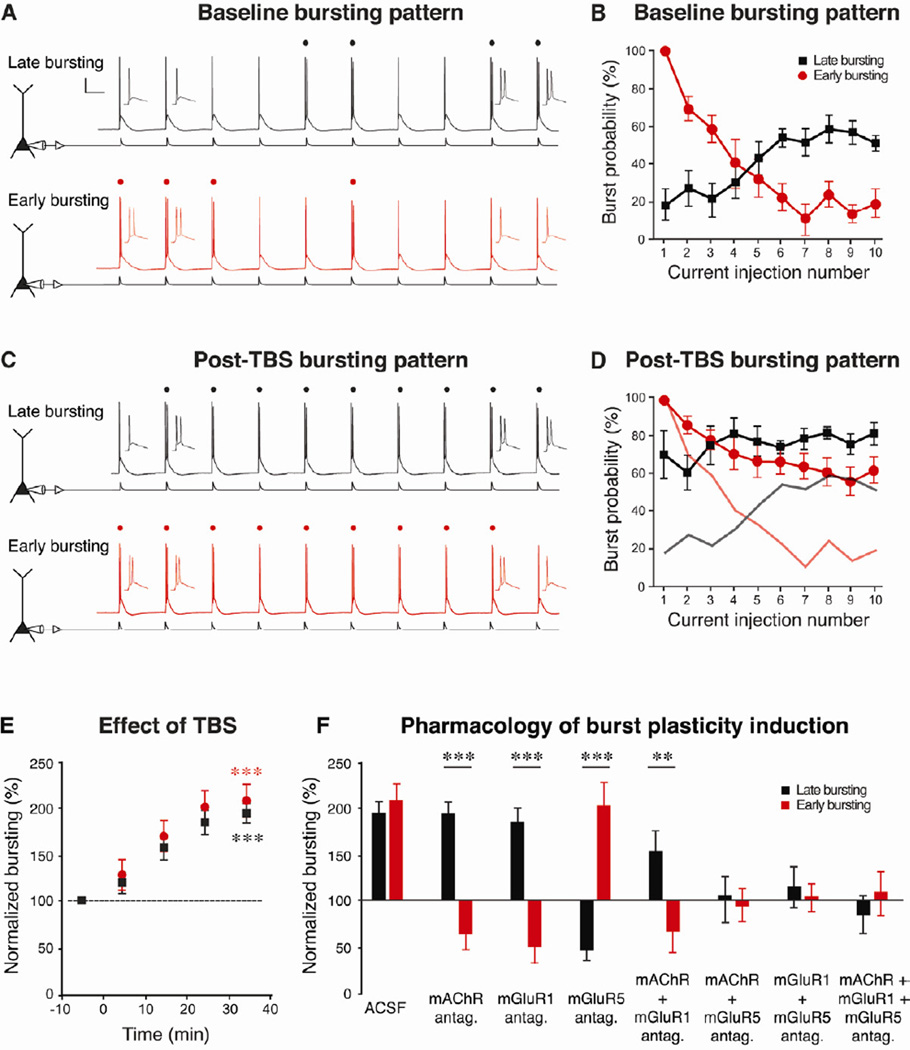Figure 4. Metabotropic receptors countermodulate intrinsic excitability.
A. In response to trains of repeated brief current injections, both types of neurons generated bursts (denoted by dots) and single spikes, though with different temporal patterns. Late-bursting neurons (black, previously called “regular-spiking”) displayed single spikes early in the train and bursts later, while early-bursting neurons (red, previously called “bursting”) displayed bursts early and single spikes late. B. Late-bursting neurons (black squares) showed development of bursting with repeated inputs, whereas early-bursting neurons (red circles) showed inactivation of bursting with repeated inputs. C-E. Theta-burst synaptic stimulation (TBS) increased the number of bursts evoked by the same amplitude somatic current injection (in representative traces from both cell types, 4 bursts were evoked during baseline (A) and 9 were evoked after TBS (C), indicating the induction of burst plasticity). Faded black and red lines (in D) depict the pre-TBS bursting patterns of the two types of neurons (from B). F. Normalized values for bursting (average number of bursts during 30–40 minutes after TBS, divided by the average number of bursts during the 10 minute pre-TBS baseline period) in the two cell types under a variety of pharmacological conditions (mAChRs antagonist: 10 µM atropine, mGluR1 antagonist: 25 µM LY367385, mGluR5 antagonist: 10 µM MPEP; all drugs were bath applied for the entire experiment). Asterisks indicate significant differences between the groups ** p < 0.01, *** p < 0.001). Note the opposing effects of blocking metabotropic receptors, indicating countermodulation of the two cell types.

